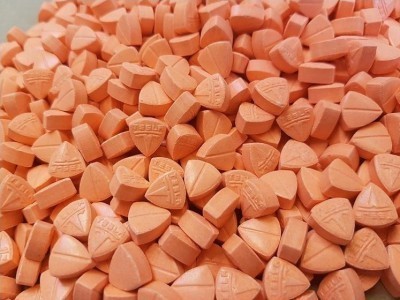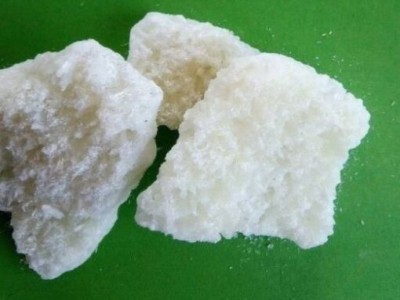Ecstasy – A Widely Used Psychoactive Substance
- Home
- Product Details

4.3/5
Ecstasy – A Widely Used Psychoactive Substance
$260.00 – $1,100.00
Quick Payment
100% New
Fast Delivery
- Description
- Additional Information
Ecstasy is the common street name for MDMA (3,4-Methylenedioxymethamphetamine),
A synthetic psychoactive drug known for its stimulant and empathogenic properties. First developed in the early 20th century, MDMA gained popularity during the 1980s and 1990s rave and club scenes. Today, Ecstasy continues to be used recreationally for its mood-enhancing effects, but it is also being studied clinically for possible therapeutic benefits. Despite growing interest in its medical potential, Ecstasy remains illegal in many countries due to its abuse potential and health risks.
Pharmacological Profile
Ecstasy affects the central nervous system by altering the activity of three key neurotransmitters: Serotonin – promotes emotional closeness, mood elevation, and empathy Dopamine – increases pleasure and motivation Norepinephrine – boosts energy and alertness MDMA causes a surge of serotonin, which leads to the characteristic feelings of euphoria and emotional warmth. These effects usually begin 30 to 60 minutes after ingestion and can last 3 to 6 hours.
Recreational Effects
Ecstasy is most often taken in tablet or capsule form, sometimes stamped with logos or symbols. It is commonly used in: Parties, clubs, and music festivals Social gatherings due to its empathogenic properties Some settings for self-medicated emotional exploration Common short-term effects include: Euphoria and enhanced mood Increased sociability and empathy Heightened sensory perception Physical effects like jaw clenching, sweating, and dilated pupils
Health Risks and Side Effects
While many users report positive experiences, Ecstasy also comes with real health risks: Dehydration and hyperthermia, especially in crowded environments Anxiety, confusion, or irritability during the comedown Sleep disturbances Heart strain due to increased blood pressure and heart rate Neurotoxicity: High or frequent doses may damage serotonin neurons Adulteration risks – Street Ecstasy is often mixed with other substances (e.g., methamphetamine, PMA, synthetic cathinones), increasing danger Long-term or frequent use may lead to tolerance, psychological dependence, or depressive symptoms after use.
Therapeutic Research
Recent clinical trials have shown promising results for MDMA-assisted psychotherapy, especially in the treatment of: Post-Traumatic Stress Disorder (PTSD) Treatment-resistant depression End-of-life anxiety In controlled settings, MDMA has helped patients process trauma by enhancing emotional safety and connection during therapy sessions. The U.S. FDA has granted MDMA-assisted therapy “Breakthrough Therapy” status, and approval for medical use may follow in the near future.
Legal Status Region Legal Classification United States Schedule I – Illegal for recreational use, pending medical review United Kingdom Class A – Illegal to possess, supply, or produce Canada Schedule III – Illegal without medical authorization Australia Schedule 9 – Prohibited substance EU (varies) Mostly illegal, but some countries permit research Possession, distribution, or manufacture of Ecstasy is criminalized in most jurisdictions.
How to buy Ecstasy on line?,/br>
purchase from medlinepharam is easy and safe. without a doubt follow those steps: purchase our internet site - discover the Sulphuric Acid and pick the desired amount. upload to Cart - click on "Order Now" and go to the checkout. comfy payment - pick out one among several reliable bills alternatives. fast transport - we immediately technique your order and discreetly send it to your privacy.
Seeking out wherein to shop for an Ecstasy on-line?
medlinepharma is your sincere supplier of pure studies chemicals. We offer clean ordering procedure, fast delivery and outstanding customer service. Order now! Do wait- order Ecstasy online these days in medlinepharma and experience a safe, safe and expert shopping enjoy.








